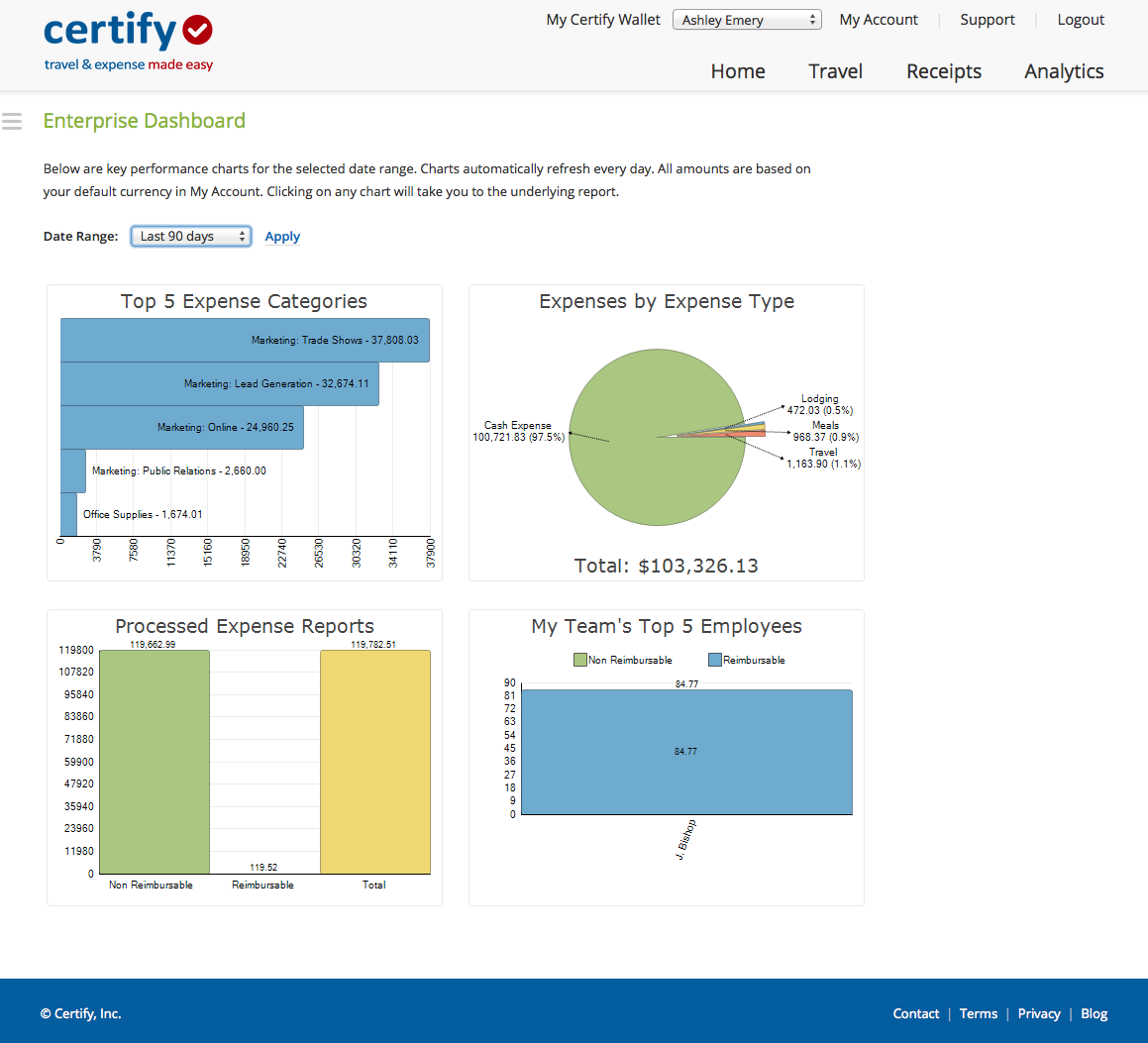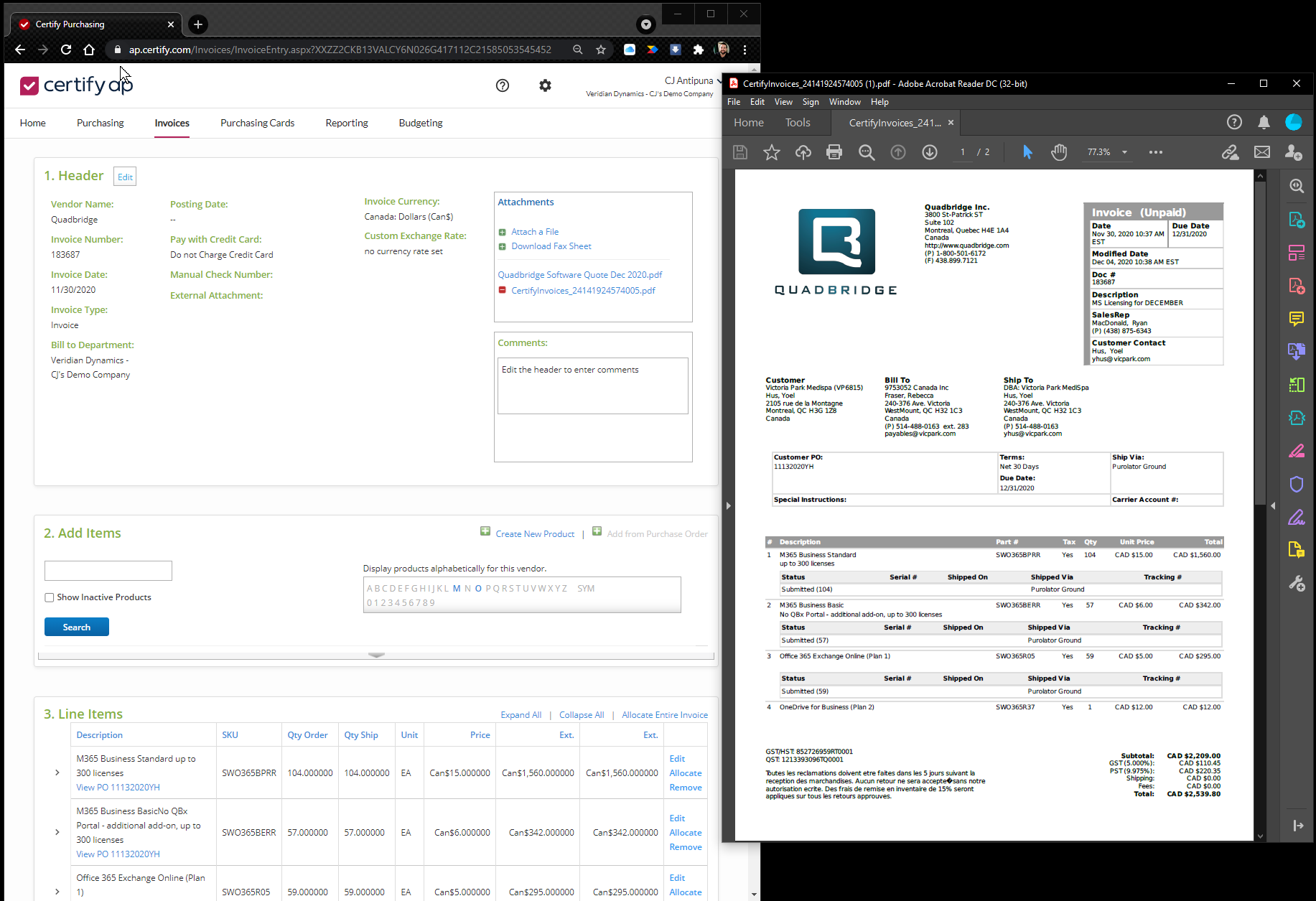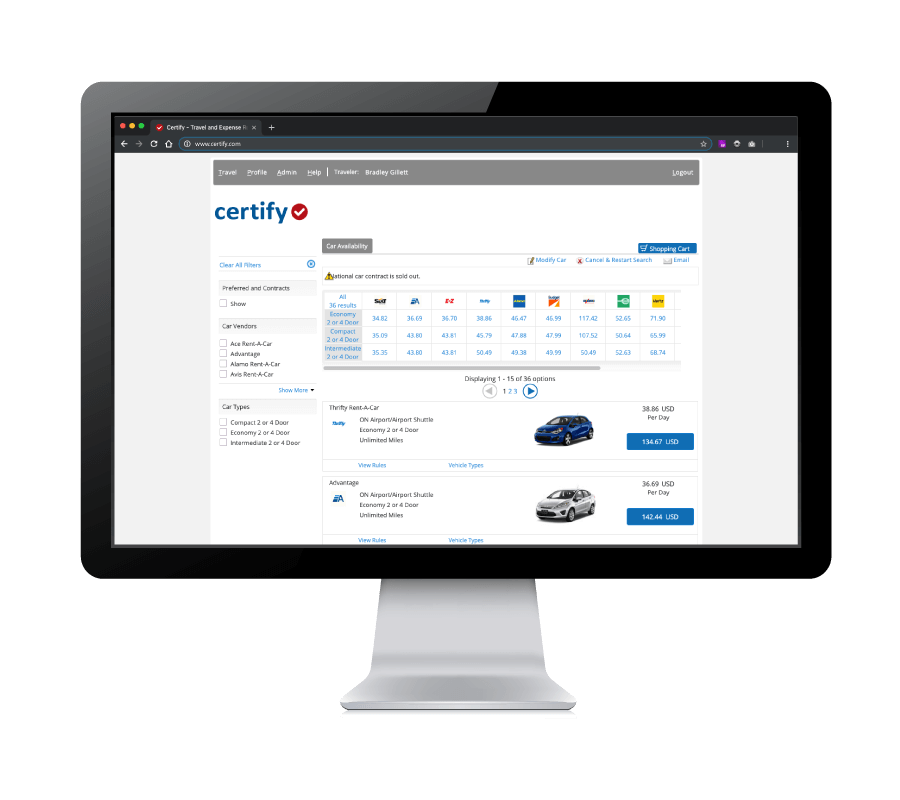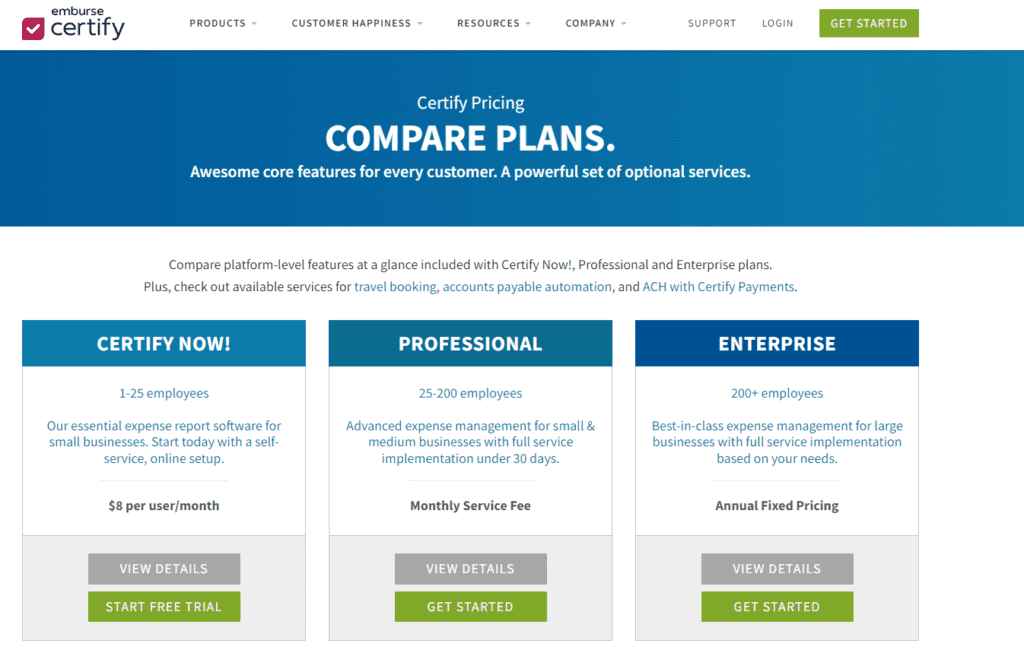
The Email Login URL will replace “/login.aspx” at the bottom of Certify’s automated email notifications. Please Note: The Certify Mobile Company Code is not case sensitive. Certify recommends a shortened version of your company name or a company acronym.

The company code must be between 3 and 14 alphanumeric characters and should be easy for your users to remember.

Users will be required to enter this code during initial log in on the mobile app. The page should accept the user's IdP credentials and initiate a SAML 2.0 request to Ĭreate a Certify Mobile Company Code if you intend to utilize SSO through the mobile app. This URL must be public facing and accessible to your users outside of your company’s intranet. The Certify Mobile Login URL is required for SSO through the mobile app and is where the user is directed after entering your company’s Certify Mobile Company Code. The Logout Redirect URL and Email Login URL are optional, but will improve the user experience. The Certify Mobile Login URL and Certify Mobile Company Code are required if you intend to use SSO through the Certify Mobile app. Step 4: Enter the following URLs and create a Certify Mobile company code, if applicable. Step 3: If you want to allow users access to Certify using both your IdP and using Certify credentials, select Allow Standard Login. Step 2: Choose between Standard authentication (users will log in with a Certify username and password) or Single Sign On (users will access Certify through your company’s Identity Provider). Step 1: On your Certify homepage, click Configuration.

Clicking this link will trigger a download that contains Certify's metadata, including key information such as the Entity ID. Please Note: Any provider that can send a SAML 2.0 assertion is supported, though the amount of technical help Certify can provide will be limited.

The SAML 2.0 Assertion must contain an email address that is active in Certify for the user to be able to log in via SSO. Instead, users will follow a link from their IdP portal or intranet, which will send a SAML 2.0 assertion to /SAML2.aspx containing the user’s email address. Single Sign-On ( SSO) allows users to access Certify through a centralized Identity Provider ( IdP).Ĭertify supports IdP initiated SSO via SAML 2.0, meaning that users will not access Certify with Certify credentials.


 0 kommentar(er)
0 kommentar(er)
